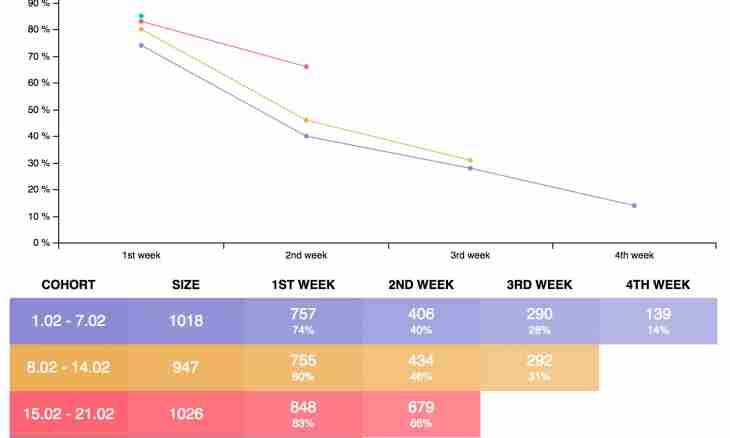Falling tension on loading can be calculated if any two from the following three sizes are known at least: the power allocated on loading, current through it and also its resistance. If more than two sizes are known, statements of the problem are superfluous.
Instruction
1. If calculations have to be carried out not under the terms of a task from the textbook, and in parameters of a real experiment, for voltage measurement connect the voltmeter parallel to loading, for measurement of current - the ampermeter consistently with loading, for measurement of resistance - an ohmmeter parallel to deenergized loading, and for measurement of the allocated power place loading in a calorimeter. In all cases observe security measures. In this case it is supposed that voltage measurement on loading for one reason or another is impossible in this connection and it is necessary to measure other parameters (combination of resistance and current, a combination of resistance and power or a combination of current and power) then to resort in calculations.
2. Surely you transfer all sizes to the SI system before implementation of calculations. It is much more convenient, than then to transfer result to this system.
3. In case are known current through loading and its resistance, for calculation of voltage drop on it use the law of Ohm: U=RI where U is required voltage drop on loading (C); R - resistance of loading (Ohm); I - force of the current passing through loading (A).
4. If resistance of loading and the power allocated on it are known, remove a formula for calculation of tension on it as follows: P=UI, U=RI. Therefore, I=U/R, P=(U^2)/R. It follows from this that U^2=PR or U=sqrt(PR) where U is required voltage drop on loading (C); P - the power allocated on loading (W); R - resistance of loading (Ohm).
5. If are known current through loading and the power allocated on it, be guided at calculation of voltage drop on loading by the following reasons: P=UI. Therefore, U=P/I where U is required voltage drop on loading (C); P - the power allocated on loading (W); I - force of the current passing through loading (A).
6. In the presence of several consistently connected loadings and the known ratio of their resistance or the capacities allocated for them take into consideration the fact that current through each of them is identical and equal to current in all chain.

